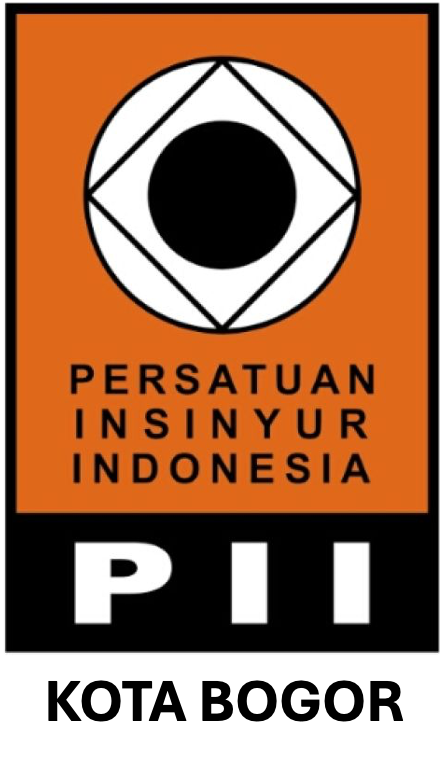PREDICTION OF GROUNDWATER STORAGE IN CISADANE WATERSHED
Abstract
Water is very important for human beings.Sources of fresh water that can be used are only 3% of the total water availability on earth, and 12% from that quantity are soureces of groundwater. Groundwater is one of the water resources that very important in sufficient human needs, such as domestic, agriculture or industry. Geoelectric is one of methods for groundwater investigation. The purposes of this research are to identify litholgy of soil layer, thickness of aquifer position on research location, determining hydraulic soil conductivity value and predict the groundwater reserve potential in Cisadane Watershed. This research was conducted in several steps, such as collected data and analysis data. The processed data was the secondary geoelectrical data with schlumberger method. Calculation of groundwater storage using geoelectric and Darcy’s law. Aquifer thickness layer obtained from the average content aquifer layer on research location, so it can represents the thickness of the aquifer. From the calculation result obtained groundwater reserve prediction amounted to 2.46 m3/second for unconfined aquifer and 8.64 m3/second for confined aquifer.
Downloads
Authors who publish with Jurnal Teknik Sipil dan Lingkungan, JSIL agree to the following terms:
a. Authors retain copyright and grant the journal right of first publication with the work simultaneously licensed under a Creative Commons Attribution License that allows others to share the work with an acknowledgment of the work's authorship and initial publication in this journal.
b. Authors are able to enter into separate, additional contractual arrangements for the non-exclusive distribution of the journal's published version of the work (e.g., post it to an institutional repository or publish it in a book), with an acknowledgment of its initial publication in this journal.
c. Authors are permitted and encouraged to post their work online (e.g., in institutional repositories or on their website) prior to and during the submission process, as it can lead to productive exchanges, as well as earlier and greater citation of published work (See The Effect of Open Access).










